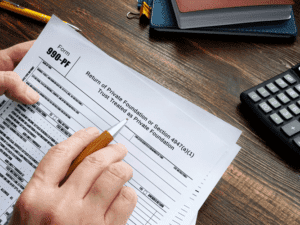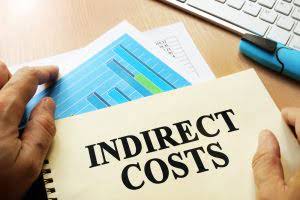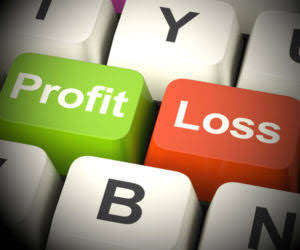
Each category groups similar items, such as cash under current assets or long-term loans under non-current liabilities. Investors, creditors, and management often rely on this detailed breakdown to make informed decisions regarding investments, loans, or company classified balance sheet operations. Unlike a regular balance sheet, which may present a simple listing of assets, liabilities, and equity, the classified balance sheet categorizes these items into subgroups. This structure provides clarity and offers more detailed insight into the financial health of an organization.
- This type of analysis wouldn’t be possible with a traditional balance sheet that isn’t classified into current and long-term categories.
- Helps users of financial statements assess liquidity, solvency, and financial position by distinguishing between short-term and long-term items.
- We focus on delivering accurate financial statements, ensuring regulatory compliance, and improving financial transparency for our clients.
- Each classification is organized in a format that can be easily understood by a reader.
- By categorizing these elements, a classified balance sheet helps stakeholders assess liquidity, solvency, and overall financial stability, facilitating better decision-making and strategic planning.
- This type of balance sheet segregates the assets, liabilities, and equity into classifications or categories, thus presenting a more detailed and clear picture of a company’s financial condition.
Classified Balance Sheet vs Unclassified Balance Sheet Examples

Some of the current assets have very high liquidity and can be used as a substitute for cash. There are no set criteria on how many sub-categories can be created and it will ultimately depend on what level of detail is required by the management. The two most common categories that are used in a classified balance sheet are current and long-term.
FAQs on Accrued Expenses vs Accounts Payable
Throughout March, your company has been actively using the Car Dealership Accounting vendor company’s cloud services – things like servers, data storage, and software. By March 31st, the month ends, and your company has consumed a full month of these cloud services. Even though the vendor company hasn’t sent an invoice yet for March’s usage (they usually send it in early April), your company knows it owes the vendor company for the cloud services used in March.
- This guide will show you how to sort a company’s assets, liabilities, and shareholders’ equity step by step.
- Management utilizes classified balance sheets for cash flow planning, capital allocation, and long-term strategic decisions.
- This includes things like „common stock,” which is money people gave the company to own a small part of it, and „additional paid-in capital,” which is extra money investors paid over the basic price of their shares.
- These standards and requirements bring uniformity, consistency, and transparency to the complex world of financial reporting.
- Although they vary from industry to industry, some common examples can be cash, cash equivalents, Inventory, accounts receivable, etc.
Other Assets

At the point when that is finished, you’ll need to add each one of the subtotals to show up at your asset total, which is income summary $98200. The Current Assets list incorporates all assets that have an expiry date of less than one year. The Fixed Assets category records things like land or a structure, while assets that don’t fit into ordinary classifications are placed in the Other Assets classification. Taking a look at the balance sheet of RMS Pvt Ltd you will notice that the assets have been categorized into three different groups as Total Fixed Assets, Total Current Assets, and Total Other Assets. Have you ever wondered how different it is to borrow money from your friends or family as against a bank? Before a bank credits your money, they need to know what is your company’s worth, what you own, and what you owe.
What is the Primary Difference Between Classified and Standard Balance Sheets? – FAQs
It breaks each account into smaller sub-categories to provide more value for the user of this report. For example, an investor interested in the day-to-day operations and profitability of the firm would like to calculate the current ratio. He would have to deep dive into every section in a normal balance sheet and read notes specifically for each asset and liability. However, in a classified balance sheet format, such a calculation would be straightforward as the management has specifically mentioned its currents assets and liabilities. These are the assets that are supposed to be consumed or sold to utilized cash within the operating cycle of the business or with the current fiscal year. They are mainly required to fund the daily operations or the firm’s core business.

